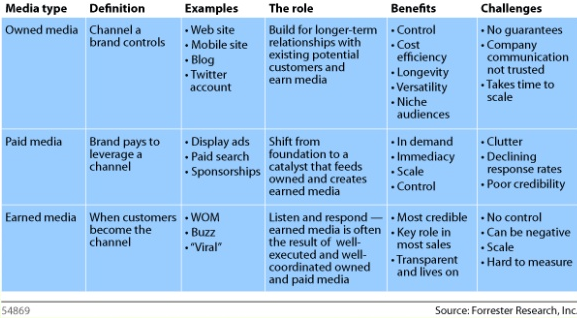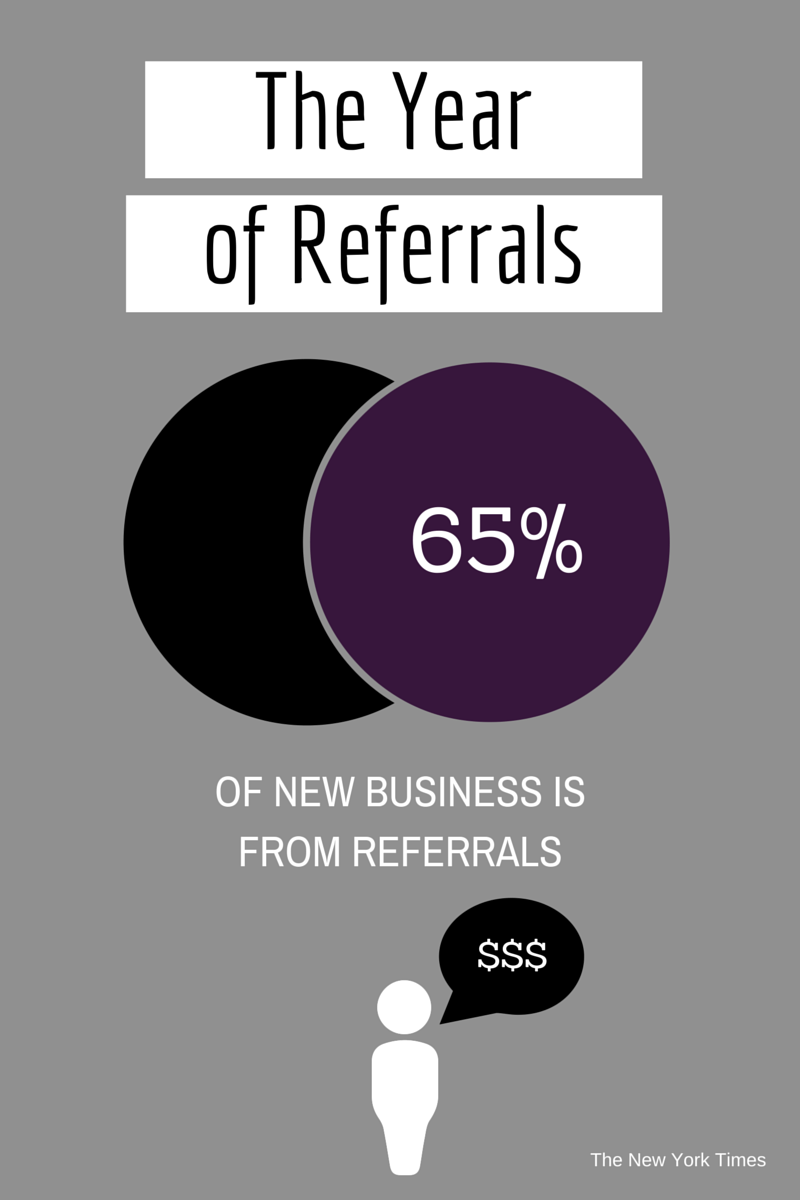Any business wants to find the best marketing channel. But with more and more media sources available, it’s hard to determine which delivers the best ROI. So, if you’re allocating 2015’s advertising budget, here’s the rundown of Owner, Earned and Paid media.
Owned media are the channels that your company has complete control of and are unique to you. These include things like a company website, blog, social media profiles and company newsletters. Owned media is an extension of your brand – the more owned media sources you have, the more chances there are to connect with clients. The obvious benefits of owned media is that you have complete control and you aren’t reliant on 3rd parties. The downsides – owned media is difficult to scale and it’s hard to reach new or potential clients with owned media alone.
Paid media is when you leverage a third-party channel for promotion. Paid media ranges from billboards, tv commercials, advertising on social media, pay-per-click ads and sponsorships. It scales quickly and can guarantee reach. However, the paid media space is extremely cluttered – as the number of advertisers increase it becomes more and more difficult to get your message seen. More worrisome though is that paid media channels are the least trusted forms of advertising.
Earned media is based on word of mouth and isn’t controlled by a marketer. They’re the most trusted forms of advertising, but can also be the most difficult to control – clients, customers & other influencers are in charge of the message. Earned media includes word of mouth, customer comments on social media, online reviews and referrals.
So…. What’s the best choice? Think about Owned, Paid & Earned as complimentary to each other. Paid media can introduce your brand to potential clients, direct them to owned media properties and encourage them to become customers/clients. Owned media properties help lower potentials through your sales funnel and are used for communicating with current clients. Then, your earned media leverages current clients to find new clients and grow your brand.
Whether you’ve thought about Owned, Earned and Paid marketing before, chances are you’ve used each type for your business. What channels do you find most effective?







